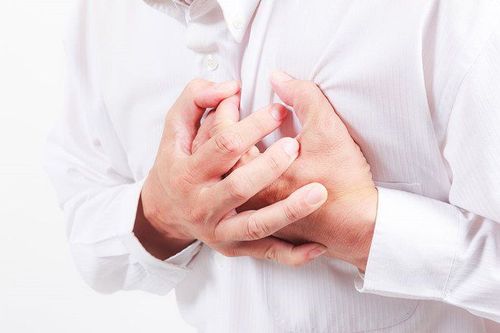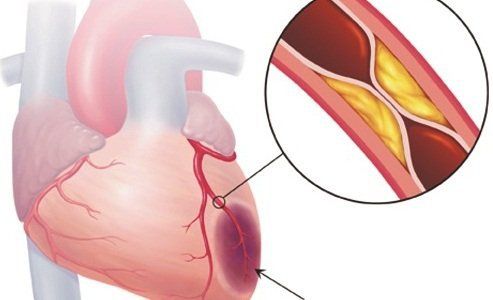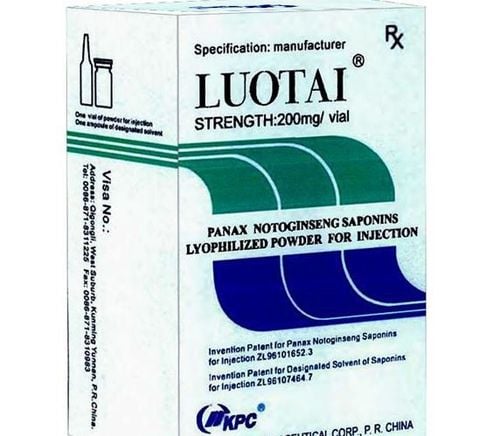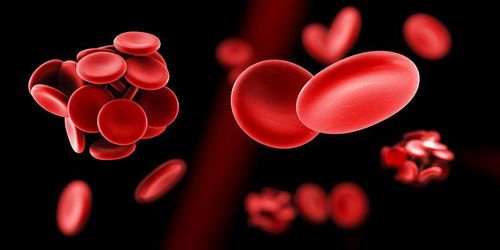This is an automatically translated article.
This article is professionally consulted by Master, Doctor Nguyen Minh Son - Interventional Cardiologist - Department of Medical Examination & Internal Medicine - Vinmec Nha Trang International General Hospital.Chest pain is a symptom that many people often experience, which can be caused by many reasons. To accurately diagnose the cause of chest pain and rule out dangerous cardiovascular diseases, it is necessary to perform a number of tests and clinical examination by a specialist.
1. What is chest pain?
Chest pain is a condition in which the patient feels pain in the chest area, from the shoulder level down to the bottom of the ribs. When experiencing chest pain, many people immediately think of heart disease, but in reality, there are many non-cardiac chest pain and sometimes a serious medical manifestation that the patient is suffering from. .In case the chest pain is severe, spreads to the arm, up to the jaw and makes the patient feel tired, short of breath, sweating, it is necessary to go to the hospital immediately for examination. timely diagnosis & intervention.
Trắc nghiệm: Bạn hiểu gì về sức khỏe tim mạch?
Bệnh tim không chỉ ảnh hưởng đến nam giới, mà còn là nguyên nhân gây tử vong hàng đầu ở phụ nữ. Các dấu hiệu lên cơn đau tim (nhồi máu cơ tim) của hai giới cũng có thể khác nhau. Cùng làm bài trắc nghiệm sau để xem bạn có chọn đúng những quyết định tốt cho tim hay không?
Bài dịch từ: webmd.com
The following content is prepared under supervision of Bác sĩ chuyên khoa I, Lê Thanh An , Nội Tim mạch , Khoa Khám bệnh & Nội khoa - Bệnh viện Đa khoa Quốc tế Vinmec Nha Trang
2. Non-cardiac causes of chest pain
In fact, patients can experience chest pain that is not due to the heart but due to many different causes, which are:Gastroesophageal reflux chest pain: Reflux chest pain is a general term. only situations that cause chest pain that a person may experience include: acid reflux from the stomach up into the esophagus, esophagitis due to irritation of the lining caused by the reflux of stomach acid, heartburn ...
Sometimes a patient with chest pain due to reflux will mistake it for a heart attack, so it is important to accurately diagnose the cause of chest pain before giving a treatment plan.
Chest pain due to costochondritis: Anatomically, the human ribcage is a bony structure that protects the lungs on the inside, because it is bone, it is usually hard and does not tend to bend or move. transfer.
However, the ribcage still needs to expand with the lungs each time you inhale and exhale, thanks to the soft and flexible cartilage. The rib cartilage that attaches the ribs to the sternum and the sternum to the collarbone makes it easier for the rib cage to move during breathing.
When the patient has costochondritis (in the rib cartilage joints, sternoclavicular joints, sternocostal joints) it will cause pain in the anterior chest area with sharp stabbing pain, which increases when the patient takes a deep breath. or exertion, when trying to press on the chest area, it will feel sharp pain... These non-cardiac chest pains are usually localized specifically in certain areas on the chest wall, usually in the sternum at the 4th, 5th, and 6th ribs.
Chest pain due to chest wall muscle tension: Many patients have chest pain that is not caused by the heart but is caused by a strain on the chest wall muscles. The various muscles that attach around and between the ribs help to make the human ribcage move more easily, however, it can be because of the overstretching that leads to local chest pain. that mind.

Chest pain due to pneumonia - pleurisy: Although very rare, the chest pain is not caused by the heart but by the patient with pneumonia - the pleura also causes troubles in life. When pleurisy is caused by a virus, it can cause symptoms of pleuritic chest pain, the patient will feel a sharp stabbing pain anywhere on the chest wall. The pain often increases when breathing or coughing because the 2 leaves of the inflamed pleura rub against each other.
Pulmonary embolism chest pain: A pulmonary embolism occurs when a blood clot blocks one of the arteries in the lungs. Pulmonary embolism can cause a person to experience pleuritic chest pain (throbbing pain when breathing in). In particular, when the patient has a major pulmonary embolism, this chest pain can be felt in the middle of the posterior chest of the sternum.
Usually, in this case the patient will feel like cannot take a deep breath, sometimes feel short of breath, cough up blood, low-grade fever, heart palpitations, feel weak or even exhausted because A large blood clot can cause a serious drop in blood pressure.
Intercostal Nerve Chest Pain: Intercostal Nerve Chest Pain can be primary or secondary. In the case of primary pain, the patient will have a continuous pain on one side of the back and gradually spread in a diagonal direction downward and forward, the pain point is very clear when pressing on exposed points of the nerve fibers connected to the back. flank, edge of the spine, or mid-axillary line. For secondary pain, patients often have pain due to thoracic disc disease or spinal tuberculosis due to lung-pleural damage, which should be differentiated.
There are also cases of chest pain due to the disc of a spinal segment causing pain in the deep, very vague and no obvious pain points. The location of pain can be in the interscapular region, next to the spine or in the chest area in front of the heart, which is often mistaken for angina, threatening a heart attack.
Pneumothorax chest pain: Pneumothorax is caused by air entering between the lung and the chest wall, occurring as a complication of an existing lung disease that makes the patient's lungs vulnerable.
When having pneumothorax, the patient often feels sudden chest pain on one side of the chest, sharp pain like a stabbing knife, the pain often increases when breathing in and out. The greater the degree of pneumothorax, the more difficult it is for the patient to breathe. Chest pain that is not caused by the heart but due to pneumothorax is also very easy to confuse, the patient needs to be diagnosed and treated promptly.
3. What should you do when you have chest pain?
Depending on the cause of the chest pain, there are different treatments. If the non-cardiac chest pain is just present but has a constant level and frequency, it should be examined and treated immediately.When experiencing chest pain, regardless of the cause, the patient should not be subjective but must go directly to the hospital for timely examination and treatment by doctors. Some tests that can help diagnose the cause of chest pain include:
Electrocardiogram (ECG); Ultrasensitive Troponin test, CK-MB, coronary angiography to exclude or confirm acute myocardial infarction; chronic coronary artery disease (ischemic heart disease) D-dimer testing, lower extremity venous Doppler ultrasound, contrast-enhanced computed tomography (CT) to help diagnose and rule out disease deep vein thrombosis ; Chest X-ray: Helps diagnose pneumonia, pneumothorax (collapsed lung), and or other conditions that cause noncardiac chest pain; Endoscopy of the stomach and duodenum to diagnose peptic ulcer disease or reflux disease.

Master - Doctor Nguyen Minh Son has many years of experience in the diagnosis and treatment of cardiovascular diseases; especially strong in transthoracic echocardiography in the field of internal medicine and interventional cardiology. Perform other non-invasive functional investigations in the diagnosis and treatment of cardiovascular diseases. Currently working as a treating doctor at Cardiology Center, Department of Examination & Internal Medicine, Vinmec Nha Trang International Hospital since February 2019.
Please dial HOTLINE for more information or register for an appointment HERE. Download MyVinmec app to make appointments faster and to manage your bookings easily.














